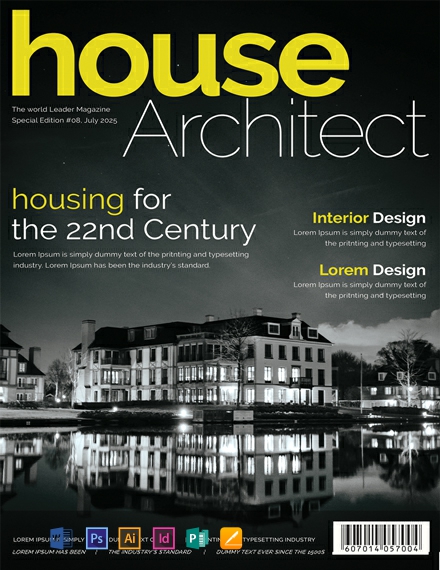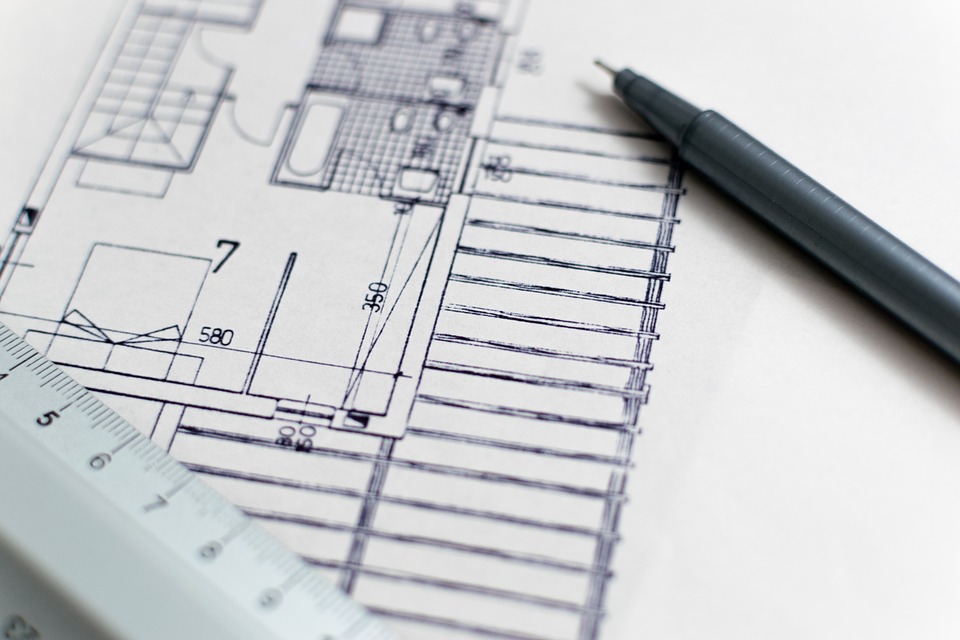

The key was that the Twingo’s difference came cheap. The car’s cartoon cuteness – the winning graphic gawkiness of its Chérie-I-shrunk-thespace-cruiser shape, the “fun” colour schemes inside and out, and a Tardislike interior which comfortably seats four adults with luggage – proved to have more than cult appeal. And those who warned that the Twingo was more a white elephant than a family pet have had to eat their words. Nearly a year after the Twingo’s launch, Levy’s successor Louis Schweitzer is reaping the rewards of the gamble. “I told him you needed time to build a personal relationship with the car,” he says, “and that the greatest risk was not to take a risk at all.” Le Quément only prevailed in what he calls “an OK Corral showdown” with his chairman by laying his personal credibility on the line. Le Quément argued that its unclassifiability and charisma were the Twingo’s greatest strengths – “I wanted a car to put the family dog out of fashion,” he recalls – although market research suggested that 40 per cent of the public would actively dislike it. Granted, the mini “one-box” stuck close to the dimensions of a standard small car, but its shameless eccentricity seemed pretty risky in a market in which blandness and cheapness have almost become manufacturing creeds. After all, Patrick Le Quément’s Twingo seemed to break one of the cardinal rules. Renault chairman Raymond Levy must have taken a very deep breath when he gave the go-ahead to his design director’s latest concept back in 1990. What makes a car sell well all over the world – the unspecific blandness of self-consciously global design, or the cheap and cheerful regionalism of the Twingo? David Redhead met Renault’s design director Patrick Le Quement, right, who might have the answer. I have taken the liberty of scanning the article to text, as below. ISBN 9770960779018.Īnother item I have only seen once and had to buy. “The leading magazine of architecture & design”. Blueprint has gone from strength to strength since, repeatedly breaking records for the best-selling and biggest issues in the magazine’s history.Blueprint.

Patrick was named Designer of the Year at the PPA Awards for his efforts and Tim has gone on to be one of the country’s most celebrated voices on architecture. Tim Abrahams, the well-known critic and writer was a key driver. Blueprint’s art director, Patrick Myles, worked with internationally renowned typographer David Quay to develop a new typeface specially for the magazine, Blueprint New Era. In September 2006, the magazine was relaunched to critical acclaim, with a new format. Past editors have included Rowan Moore (former director of the Architecture Foundation) and Marcus Field (former arts editor of The Independent on Sunday), and art directors have included the respected designers Simon Esterson, Andrew Johnson and John Belknap.

Today, it continues to be revered by architects and designers around the world for its fresh and unconventional approach. It was established by Peter Murray and Deyan Sudjic with the financial backing of leading architects and designers including Norman Foster and Rodney Fitch. Launched in 1983, Blueprint was the first magazine to cross the boundaries between design and architecture.


 0 kommentar(er)
0 kommentar(er)
